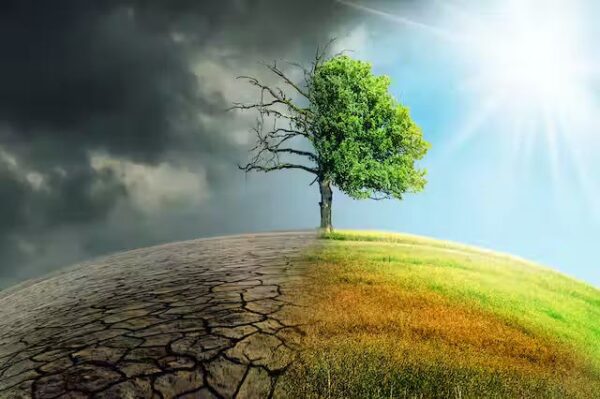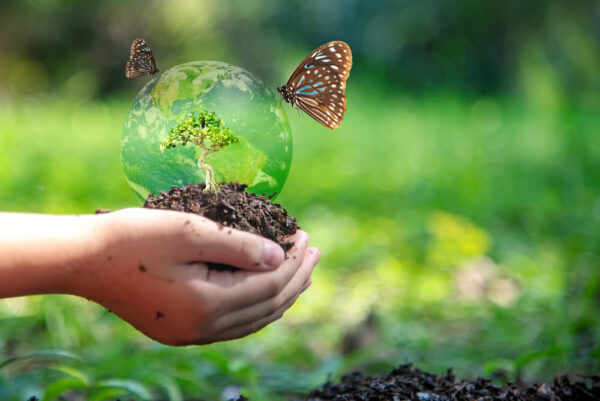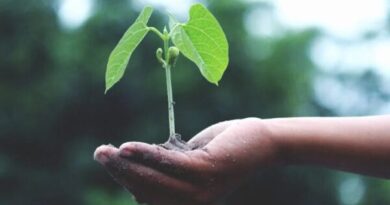Harmony in Diversity: A Journey into Biodiversity and Conservation
Introduction:
In the vast expanse of Earth’s biosphere, biodiversity serves as the vibrant tapestry that sustains ecosystems and enriches human existence. From the lush rainforests of the Amazon to the intricate coral reefs of the Pacific, the diversity of life forms—from the smallest microorganisms to the largest mammals—interconnects to create a resilient and awe-inspiring web of life. This journey into biodiversity and conservation explores the significance of preserving this intricate balance for the well-being of all life on our planet.
The Essence of Biodiversity: A Global Mosaic
Biodiversity encompasses the richness of life across various scales, including genetic diversity within species, species diversity within ecosystems, and the diversity of ecosystems themselves. Each component of biodiversity contributes uniquely to the stability and functioning of Earth’s natural systems. For instance, the genetic diversity of crops ensures resilience against pests and diseases, while the complex interactions within ecosystems regulate climate patterns, purify air and water, and provide essential resources for human societies.
Current Challenges: Threats to Biodiversity
Despite its critical importance, biodiversity faces unprecedented threats due to human activities. Deforestation, habitat destruction, pollution, climate change, overexploitation of natural resources, and invasive species are among the primary drivers of biodiversity loss. These factors not only diminish the abundance and variety of species but also disrupt ecological processes and diminish the capacity of ecosystems to support life.
Conservation Strategies: Protecting Earth’s Natural Heritage
Conservation efforts are essential in mitigating the impacts of biodiversity loss and ensuring the long-term sustainability of ecosystems. Key strategies include:

Protected Areas and Habitat Conservation:
Establishing and expanding protected areas, national parks, and wildlife reserves to safeguard critical habitats and biodiversity hotspots.
Sustainable Resource Management:
Promoting sustainable practices in agriculture, forestry, fisheries, and urban development to minimize environmental impact and conserve natural resources.
Community Engagement and Education:
Involving local communities, indigenous peoples, and stakeholders in conservation initiatives, fostering stewardship of natural resources, and raising awareness about the importance of biodiversity conservation.
Policy and International Cooperation:
Advocating for policies and agreements at local, national, and international levels that prioritize biodiversity conservation, address climate change, and promote sustainable development goals.
Our Collective Responsibility: Towards a Sustainable Future
Preserving biodiversity is a shared responsibility that requires collective action and global cooperation. Individuals, communities, governments, NGOs, and businesses all play crucial roles in protecting and restoring Earth’s biodiversity. Each person’s actions, whether through sustainable lifestyle choices, supporting conservation initiatives, or advocating for policy change, contribute to safeguarding biodiversity and ensuring a resilient future for generations to come.
Looking Ahead: Opportunities for Conservation and Restoration
Despite the challenges, there are opportunities for optimism and progress in biodiversity conservation. Scientific advancements, innovative technologies, and community-driven conservation efforts have demonstrated success in restoring degraded ecosystems and reintroducing endangered species. By harnessing these opportunities and scaling up conservation efforts, we can reverse biodiversity loss, restore ecological balance, and secure a sustainable future for biodiversity and human well-being.
Conclusion:
In conclusion, biodiversity is the foundation of life on Earth, sustaining ecosystems, providing essential services, and enriching human culture and well-being. As stewards of the planet, it is our responsibility to protect and conserve biodiversity for future generations. By valuing Earth’s natural heritage and prioritizing conservation efforts, we can ensure a harmonious coexistence between humans and the natural world. Together, let us commit to preserving Earth’s biodiversity, celebrating its beauty, and securing its future as a testament to our commitment to sustainable living and environmental stewardship.
FAQs:
Q. What exactly is biodiversity?
Ans. Biodiversity encompasses the variety of life forms found on Earth, including plants, animals, fungi, and microorganisms. It also refers to the genetic diversity within species and the diversity of ecosystems where these species interact.
Q. Why is biodiversity important to us?
Ans. Biodiversity is crucial for maintaining the balance of ecosystems, which in turn supports essential ecosystem services such as pollination, nutrient cycling, soil formation, and climate regulation. It also provides direct benefits to humans, including food, medicine, and cultural and recreational values.
Q. What are the primary threats to biodiversity today?
Ans. The main threats to biodiversity include habitat destruction and fragmentation (due to activities like deforestation and urbanization), pollution (including air, water, and soil pollution), climate change, overexploitation of natural resources (such as overfishing and illegal wildlife trade), and invasive species.
Q. How does biodiversity loss impact ecosystems?
Ans. Biodiversity loss can lead to reduced ecosystem resilience, making ecosystems more vulnerable to disturbances like climate change and diseases. It can disrupt food webs, decrease species richness, and alter ecosystem functions such as nutrient cycling and water purification.
Q. What does conservation involve?
Ans. Conservation is the proactive management and preservation of biodiversity and ecosystems. It includes efforts to protect endangered species, conserve habitats through measures like establishing protected areas and wildlife corridors, promoting sustainable practices in agriculture and forestry, and engaging communities in conservation initiatives.
Q. How can individuals contribute to biodiversity conservation?
Ans. Individuals can contribute by making sustainable lifestyle choices (such as reducing waste and energy consumption), supporting conservation organizations and initiatives, advocating for policies that protect biodiversity, and raising awareness about the importance of biodiversity and environmental stewardship.
Q. What role do international agreements play in biodiversity conservation?
Ans. International agreements, such as the Convention on Biological Diversity (CBD), facilitate cooperation among countries to address global biodiversity challenges. They set targets for biodiversity conservation, promote sustainable development practices, and encourage countries to share knowledge and resources for conservation efforts.
Q. What are some success stories in biodiversity conservation?
Ans. Success stories in biodiversity conservation include the recovery of species like the giant panda and the California condor from the brink of extinction, the restoration of degraded ecosystems such as wetlands and mangroves, and the establishment of effective conservation strategies that balance human needs with environmental protection.




